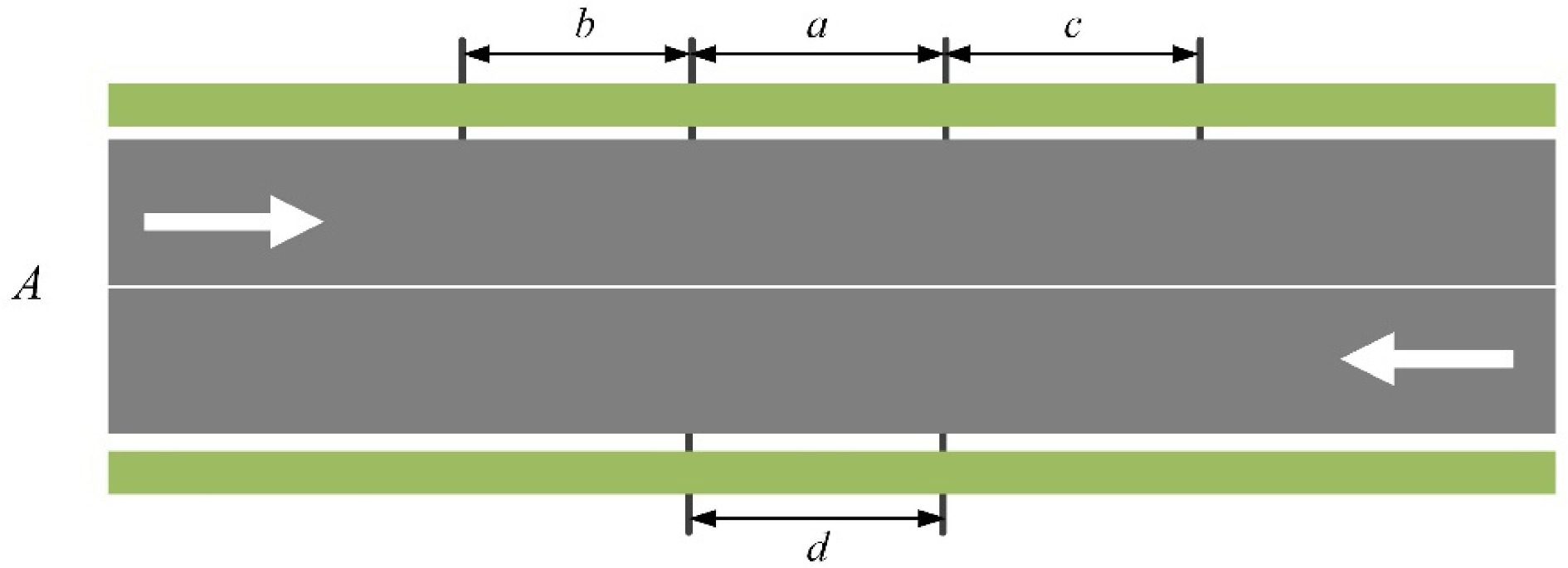-

Figure 1.
Benefits of traffic flow prediction.
-

Figure 2.
Schematic diagram of spatial location distribution.
-

Figure 3.
Relationships between Artificial learning (AL), Machine learning (ML) and Deep learning (DL).
-

Figure 4.
Difference between simple neural network and deep learning neural network.
-

Figure 5.
Track data is matched to the map.
-

Figure 6.
Multi-source data fusion process.
-

Figure 7.
Grid structure of traffic network.
-

Figure 8.
Graph structure of traffic network.
-

Figure 9.
Structure of RNN.
-

Figure 10.
Structure of LSTM.
-

Figure 11.
Structure of TCN.
-

Figure 12.
Structure of Transformer.
-

Figure 13.
Structure of CNN.
-

Figure 14.
Structure of GCN.
-
Machine learning category Main methods Supervised learning Support vector machine(SVM)[9−11]
K-nearest neighbors(KNN)[12,13]
Logistic regression[9, 13]
Linear regression[12,13 ]
Decision trees[14−19]
Random forest[20−22]Unsupervised learning K-means clustering[9,13 ]
Principal component analysis[9]
Latent dirichlet allocation[23]Reinforcement learning Q-learning[24,25]
Monte Carlo tree search[26]Table 1.
Main methods of machine learning.
-
Type Detection
data typeCharacteristic Loop
detection dataTraffic flow
Speed
OccupancyHigh detection accuracy but detection accuracy decreases in traffic congestion Geomagnetic detection data Traffic flow
Speed
OccupancyUnable to detect stationary and slow-moving vehicles Microwave
detection dataTraffic flow
Speed
Occupancy
Density
QueueDetection errors may occur when large vehicles obstruct the reflection waves of small vehicles Table 2.
Fixed detection data.
-
Model Performance (PeMS04) Optimization prospect MAE RMSE ARIMA 32.11 44.59 Improve the robustness LSTM 28.83 37.32 Multi-LSTM stack/
Increase DropoutGRU 28.32 40.21 Bi-GRU/
Use semi-supervised trainingTransformer[81] 18.92 21.28 Reduce quadratic complexity DCRNN[62] 24.70 33.60 Replacement activation function/
Add a Residual connectionSTGCN[32] 25.15 31.45 Change convolution kernel size/
Join Jump connectionASTGCN[33] 21.80 28.05 Modified spatial convolution/
Integrate external factorsSTSGCN[106] 21.19 24.26 Add multi-grained information/
Use semi-supervised learning
to increase robustnessTable 3.
Baseline model performance and its prospects.
Figures
(14)
Tables
(3)